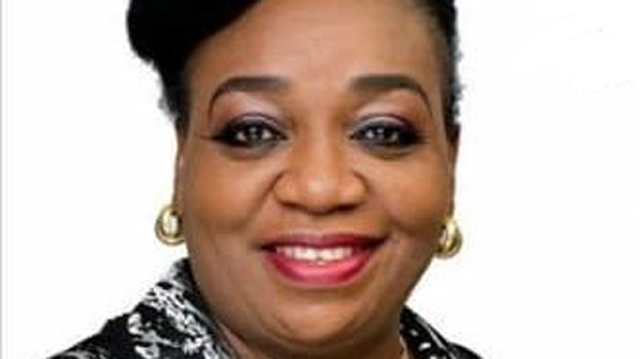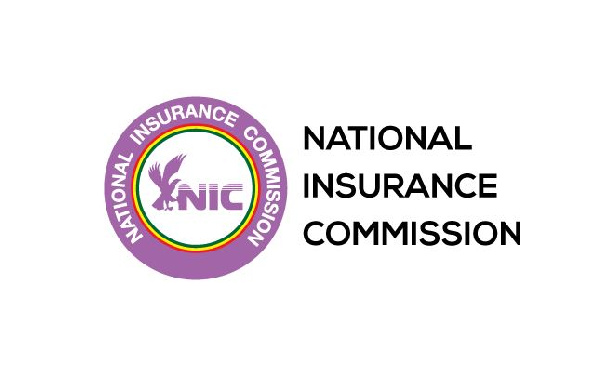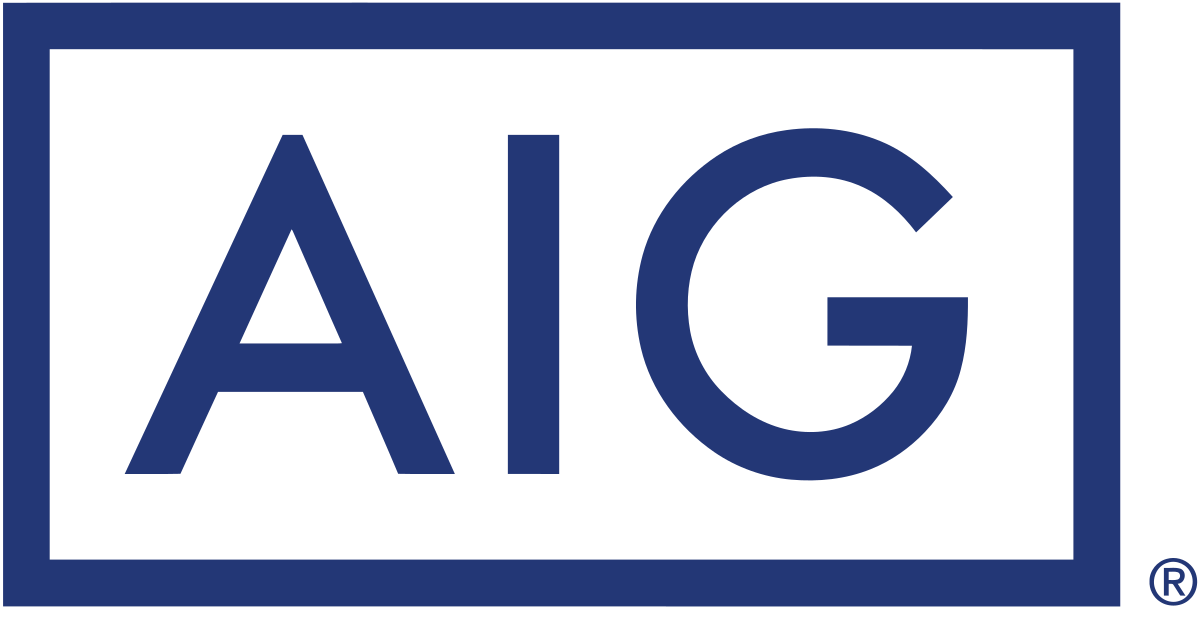All Posts in "Insurance"
Quality regional reinsurers in Africa
By admin
Regional reinsurers of calibre are emerging in Africa, being structured and asserting a growing appetite and quality of service, says pan-African insurance broker OLEA.
In a section on the African insurance market published in a White Paper on the European, Middle East and African insurance market 2021-2022 by SIACI Saint Honore, a leading European provider of insurance risk management consulting and brokerage services, Mr Olivier Dubois, co-founder and executive chairman of OLEA Holding, and Mr Olivier Canuel, a cofounder and CEO, say that the ratios of these quality regional reinsurers are improving and the commitments made are respected.
However, they do not yet benefit from sufficient rating levels to meet the criteria set by state and private donors involved in the financing of major infrastructure projects.
Trends
With the rise of these new reinsurers, though, the discrepancy between the constraints put in place by the regulator to encourage the share of placement reserved for local players (approved insurers and reinsurers) and the expectations of many international players both in terms of capacity and quality of reinsurance will fade over time.
Some regulatory trends in this respect include:
The requirement to place an increasing part of the insurance cover of a risk located in the country concerned, with insurers or reinsurers approved in the country,
The growing requirement to fill the capacities of a market before being authorised to “export” part of the risk to another market.
local regulators who are increasingly vigilant about the proper application of the rules set.
New players
Apart from the emergence of regional reinsurers, the insurance market in Africa is seeing new developments, namely:
•Takaful insurance, present for a decade and increasingly present in certain markets with the appropriate regulatory framework, and focusing on individual or corporate risk.
Parametric insurance, the ease of subscription of which is attracting a growing number of operators. There is no doubt that parametric insurance should take a continually increasing share of risk over the coming years.
The “pure digital players”: pioneers, they come to provide fully digitalised insurance solutions that appeal to a young and very connected African population. These brokers almost exclusively offer auto and health insurance solutions for individuals, but their rise can be anticipated through broader product offerings reaching businesses soon. This shift towards digitalisation has been initiated in a few countries and is intended to embrace the entire continent in the coming years, with the emergence of new players whose performances are closely observed.
Some countries, such as Ghana, are the leaders, in digitalisation and therefore better at monitoring compliance. In such markets, the police now check in real time via a smartphone application during each vehicle check whether the latter is well insured and listed in the national database set up. It should also be noted that in Kenya the entire administration is digital.
Ghana regulator to ensure insurers meet new minimum capital requirement by 31st Dec
By Favour Nnabugwu
The National Insurance Commission (NIC), has said that it has committed to ensuring that all insurers meet new minimum capital requirements by the 31 December compliance deadline.
The move will ensure that insurance companies operating in the country have sufficient funds to meet the obligations of their policyholders, said the head of NIC, Dr Justice Yaw Ofori.
In June 2019, the minimum capital requirement for life and non-life companies was increased to GHS50m ($8.2m) from GHS5m, to GHS 125m from GHS40m for reinsurance companies and to GHS500,000 from GHS300,000 for insurance brokers, while that of reinsurance brokers was maintained at GHS1m.
All companies in the sector were originally expected to meet the new capital requirement by June 2021. However, the deadline was extended to 31 December 2021 because of the COVID-19 pandemic and its global economic effect
Afreximbank, African Risk Capacity sign MoU for disaster risk financing initiatives
CAPTION
L- Mr Ibrahima Cheikh Diong, UN-ASG / DG, African Risk Capacity (ARC) Group; and Mr. Denys Denya Executive VP, Finance, Administration and Banking Services, AFREXIMBank exchanging copies of the MOU during the InterAfrican Trade Fair at the Durban International Conference Centre lrecently
By Favour Nnabugwu
The African Export-Import Bank (AFREXIMBANK) and African Risk Capacity (ARC) Group today signed a Memorandum of Understanding (MoU) to jointly enhance resilience and disaster risk financing initiatives that also impacts the trade and supply chain across the continent. The purpose of this MOU is to enable joint member states to enhance disaster response and resiliency initiatives using available banking and insurance products suited for localized challenges.
The MoU’s primary intervention is to provide Food Emergency Contingent Financing Facility (FECONTRAF) to joint member countries that participate in African Risk Capacity’s sovereign/macro disaster risk transfer programme, national capacity building and food security policy development.Prof. Benedict Oramah, President of Afreximbank, commented: “This new partnership with the African Risk Capacity Group will ensure we support member countries to be disaster aware, prepared and solutions oriented. In collaboration with the ARC, we aim to improve their capacities to better plan and respond to natural and man-made disasters that may hamper trade facilitation across the continent and make available the needed support to combat disasters when they strike.”United Nations Assistant Secretary General (ASG) and Group Director General of the African Risk Capacity (ARC) Group, Mr Ibrahima Cheikh Diong, said: “The alignment of purpose between our two institutions for a food-secure and climate-resilient Africa is fundamental to this partnership.
Through providing holisitic solutions we will lessen the negative impacts of natural disasters on lives and livelihoods. Therefore, our collaboration will help strengthen countries’ response systems by promoting the availability, accessibility, and affordability of critical resources for anticipatory climate action.”
Global non-life premiums to rise 10.3% by 2024, Swiss Re’s Sigma report
By adnin
Swiss Re Institute, a subsidiary of the reinsurance giant, has predicted global non-life premiums to rise 10.3% by 2024, with improved property-catastrophe and casualty rates seen as driving factors.
Meanwhile, the firm’s long-running Sigma report expects life premiums to increase 9.1% globally in the same period.
Higher risk awareness and strong demand for protection-type products have are identified as key motivating factors to this.
Also on the rise are global health and medical insurance premiums, thanks to US economic growth and stable advanced market demand.
Elsewhere, the report notes how emerging market expansion is expected to be strong, with China projected to grow 10% in each of the next two years, largely driven by strong demand for medical insurance, including critical illness covers.
“Market conditions suggest that positive pricing momentum will continue across all lines and regions,” said Jerome Haegeli.
“Inflation-driven higher claims development in all lines of business, continued social inflation in the US and persistently low interest rates will be the main factors for market hardening.”
Following COVID-19, rising risk awareness in general is said to have overall generated a greater demand for insurance protection.
Swiss Re’s Sigma report underlines the pandemic’s role in highlighting the central role insurers play in absorbing risk during times of crisis.
Global premiums could reach $10trn by 2030 as risk landscape evolves
Global insurance premiums could reach $10trn by 2030, according to management consulting firm Bain & Company’s new report, Insurance 2030: As Risks Mount, Insurers Aim to Augment Protection with Prevention.
The report highlights the evolving risk landscape for insurers, showing risks declining or flatlining in mature areas such as personal auto and mortality, expanding in new areas such as cybercrime and digital assets, and growing more severe in others, including climate change and infectious disease.
Bain & Co says these changes “are propelling the insurance industry to take on a new role, moving from seeking reimbursements for damages to incentivising behaviours to reduce overall risk”.
On the one hand, the firm says road travel is safer than ever, with deaths resulting from motor vehicle accidents in the US declining by about 70% during the past four decades. But on the other, climate change is expected to result in a roughly tenfold increase in economic losses during the next three decades. The report notes that during 2020 alone, the US experienced a record number of wildfires and a record number of storms during hurricane season.
The report reveals that risk and protection are shifting geographically toward countries with faster economic growth. The research shows China will drive well over a quarter of global premium growth through 2030. However, it notes that few multinational insurers can participate in China’s insurance markets, due to intense competition and regulations that favour domestic firms.
“The consequences for an underprotected world with low insurance penetration may be severe, particularly in emerging markets,” commented Andrew Schwedel, who leads Bain & Co’s macro trends group. “Thanks to improved technology and data, insurance companies now have the chance – and perhaps even the duty – to shift the industry’s central purpose from loss reimbursement to loss control over the next decade.”
On the technology side, tools such as automation or the internet of things can be used to directly partner with customers to identify, prevent and mitigate each risk event, says Bain & Co, adding that its research shows that these technologies can also reduce operational costs by as much as 50% through increased efficiency, and reduce claims payouts by up to 20% by mitigating risks.
“Since technology and data analytics allow insurers to make unprecedented gains in understanding, preventing and mitigating risks, they are also likely to increase the pressure on bad risks, resulting in sharply higher prices, outright unavailability of coverage or increased regulation. Insurers see three main consequences of this trend: some risks to property exposures, such as wildfires in California, become too expensive to cover; extreme segmentation and underwriting price discrimination weakens the subsidies at the core of risk pooling; and public pressure intensifies on out-of-favour sectors, such as carbon-intensive energy producers,” says Bain & Co.
The report suggests insurers should be looking at how they interact with customers to prevent and mitigate risks, noting that going beyond risk transfer to risk mitigation and prevention will be critical for insurers, customers and regulators in a riskier world. The report also says insurers should consider how aggressively they explore alternative capital options, pointing out that alternative sources of capital will increasingly become available to insurers, particularly as a form of reinsurance in catastrophe bonds and other lines
AIO president woos industry on market development
Stakeholders laud PILA’s contribution to sector growth
Willis Towers Watson to acquire remaining 51% in WTW India
By admin.
Willis Towers Watson (WTW) has signed an agreement to acquire the remaining 51% shares in Willis Towers Watson India Insurance Brokers (WTW India) from Anemone Holdings and Rohit Jain.
WTW currently owns 49% of WTW India and recent changes in regulation have made it possible for WTW to own up to 100% of WTW India, said the broker. The transaction remains subject to customary legal and regulatory approvals.
Pamela Thomson-Hall, head of international, WTW, said: “As one of the world’s largest and fastest-growing economies, with an expected 17% growth rate in the non-life insurance market over the next five years, we see rising demand and opportunities for cyber, health and benefits, crop and surety insurance in the Indian market.
Acquiring 100% ownership of WTW India will enable us to further capitalise on the significant growth opportunities in this market and to better serve the rapidly evolving needs of our clients in India.”
She added: “The Covid-19 crisis has underscored the vital role of risk management and insurance in protecting and strengthening businesses’ and communities’ resilience to pandemic shock in emerging markets such as India. We are committed to the Indian market and see that we can play a significant role to help raise the underpenetration of insurance and close the protection gap as the country needs.”
Jain, head of India, WTW, said: “These are unprecedented times for humanity and businesses, especially the risks that confront both. Emerging forms of risks like climate change, pandemic, cyber threats and the growing health-wealth gap demand immediate and comprehensive solutions that address risk mitigation, incident response and compensation for loss.
WTW already has a significant presence in India and this acquisition is another important milestone towards bringing our clients best-in-class products and solutions, technology and unprecedented insight for sound risk-based decision making
AIG returns to underwriting profit in Q3 2021
By admin
AIG has reported adjusted pre-tax net income of $1.13bn for Q3 2021, with general insurance almost doubling its contribution to $811m and returning to underwriting profit of $20m after a loss of $423m for Q3 last year.
AIG said “elevated” cat losses of $628m in Q3 2021, mainly from exposure to Hurricane Ida and European floods, were 21% lower than cat losses of $790m in Q3 2020, which included $185m in Covid-19 claims.
The quarter closed with a combined ratio of 99.7%, improving from 107.2% in Q3 2020, after lower cat losses and stronger underwriting results, as well as commercial lines benefiting from premium growth and rate increases.
AIG president and CEO Peter Zaffino said AIG’s general insurance performance reflects “the underwriting discipline now embedded in our culture and the benefits of our volatility reduction efforts through a well-articulated risk appetite and reinsurance programme that performed well”.
However, overall underwriting profits were largely driven by gains in personal lines in North America and international business. North America commercial lines recorded further underwriting losses of $503m for Q3 2021, from $153m last year, and was running a combined ratio of 120%; while international commercial lines reported underwriting losses of $94m, improved from a loss of $148m in Q3 2020.
General insurance net premiums increased by 11% during the quarter to $6.6bn, driven by commercial lines, which increased premiums by 17% to $4.65bn. That was based on improved levels of retention but also “outstanding” levels of new business and strong rates, AIG said










